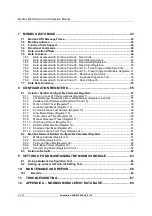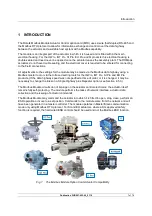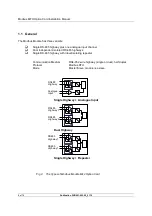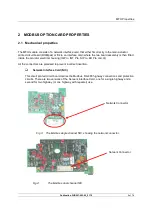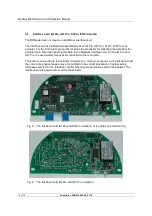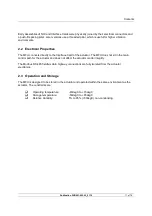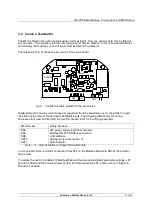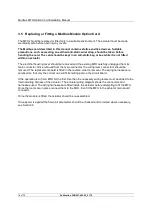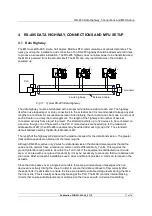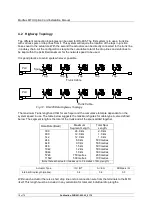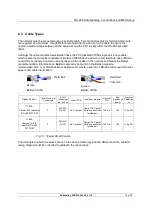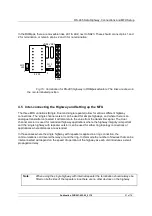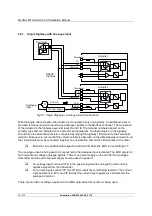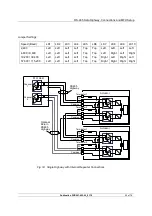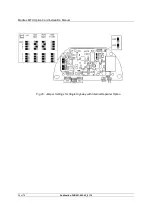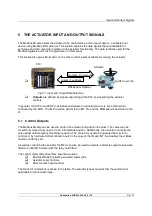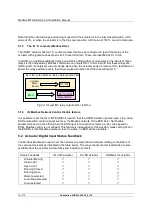
RS-485 Data Highway, Connections and MFU Setup
Publication PUB091-003-00_0119
17 of 76
4 RS-485 DATA HIGHWAY, CONNECTIONS AND MFU SETUP
4.1 Data Highway
The MFU uses RS-485, 2-wire, half duplex, Modbus RTU communications at various data rates. The
rules governing the installation and connection of an RS-485 highway should be observed at all times
to produce a successful installation. The RS-485 highway does not allow power to be transferred and
the MFU is powered from the actuator itself. The MFU can only report data when the actuator is
powered up.
Fig 11: Typical RS-485 Data Highway
The data highway must be terminated with a proper termination resistor at each end. The highway
itself can use tapped spur or stub connections to the actuators but it is recommended to keep any stub
lengths to a minimum for successful operation. Alternatively, the connection can be made in and out of
each actuator in a daisy chain arrangement. The length of the highway and number of devices
connected will vary from project to project. The standard permits up to 32 devices to be connected on
a section, though one of these will be the PLC. If more devices are needed (up to the maximum
addressable of 247) then RS-485 repeaters may be added after each group of 32. The standard
default address used by the Modbus Module is 247.
The length of the highway will determine the maximum speed for the data transmission. The greater
transmission speeds are obtained at the lower lengths.
Although RS-485 requires only 2 wires for data transmission the standard also requires that all the
nodes on the network have a maximum common mode differential of +7 volts. This requires the
ground potential at all points to be within the 7 volt limit. If the equipment is distributed over a wide
area, or an area with poor ground conductivity, it may be necessary to connect a third wire between all
the nodes. Most successful installations use 3 wires and Rotork provides a ‘common’ terminal on the
actuator.
Since the data passes over a single 2 wire cable there are periods between messages when no
devices are actively driving the lines. In order to ensure that data continues to flow correctly after
these periods it is advisable to ensure the lines are biased to suitable voltage levels during the time
the line is idle. This is usually achieved by biasing at the PLC. The MFU contains internal biasing
circuits that ensure suitable levels are maintained on the line even with no device transmitting.
Terminator
T
2 wire highway
Screened cable
PLC
T


